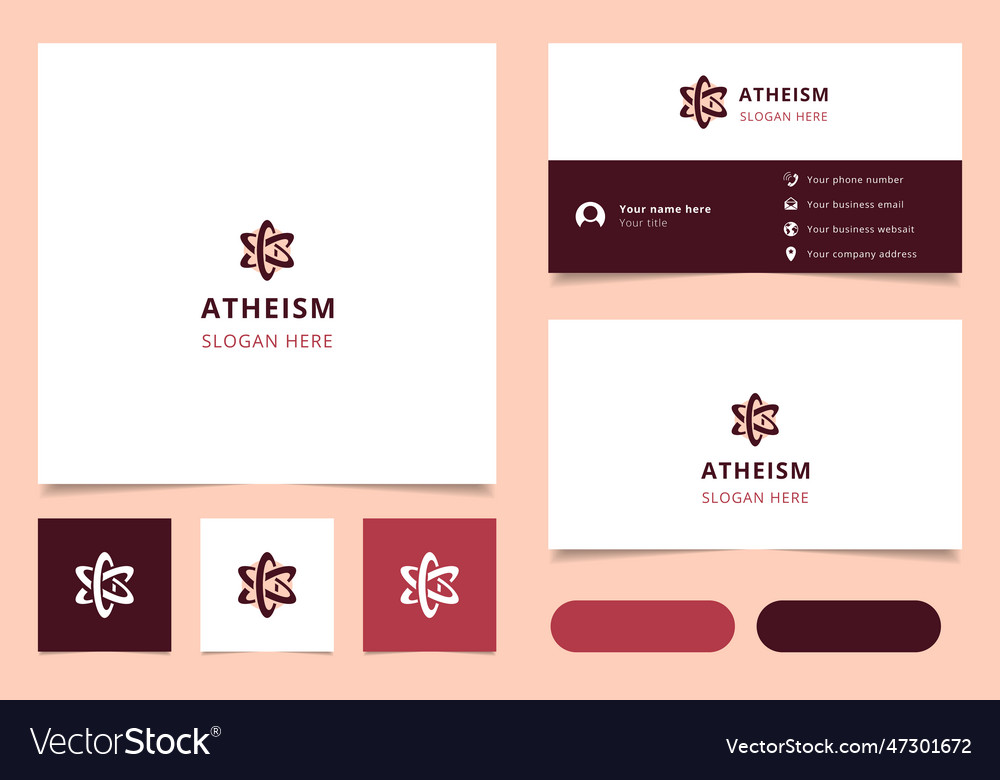Atheism, often perceived as a counter-narrative to religious dogma, has witnessed an evolution not merely in thought but also in application. This evolution signals a backdrop of commercialism that intertwines with the essence of secularism. On the surface, the emergence of secular branding within atheism and deism may appear benign or even progressive. However, it raises compelling questions regarding the authenticity of belief systems now intertwined with consumerism. In the pursuit of understanding this phenomenon, one must delve into the depths of branding paradigms interlacing with philosophical ideologies.
Initially, it is pertinent to delineate the concept of commercialization in the realm of atheism. This branding behemoth manifests itself in the proliferation of merchandise, from apparel adorned with irreverent slogans to accessories that unapologetically espouse secular sentiments. While such items serve as a medium for identification and community building among non-believers, they inadvertently commodify a movement rooted in personal and philosophical introspection. To contextualize this commercialism, one might liken it to a double-edged sword, wielding potential empowerment on one edge while threatening to dull the profound reflective nature of atheistic conviction on the other.
The metamorphosis of the atheistic identity into a marketable entity reveals a tapestry woven from threads of cultural phenomena. For instance, the rise of platforms and organizations that advocate for atheism has resulted in a surge of branding initiatives that permeate various media landscapes. The accessibility of atheistic paraphernalia stands as a testament to the shifting dynamics of societal values, yet it concurrently suggests an erosion of the profundity typically associated with existential questions. Just as a river can nurture or destroy, the currents of commercialism in atheism can either kindle conversations or drown them in superficiality.
Moreover, this commodification beckons the question: are we witnessing the rise of a secular dogma that, much like its religious counterparts, relies on symbols and artefacts to convey ideological tenets? The fervor surrounding secular branding is manifest in the arts, literature, and social engagements that challenge religious orthodoxy while simultaneously establishing a new lexicon for non-believers. This lexicon often includes visual representations, such as logos and slogans, that serve as modern-day totems reflecting one’s alignment with atheistic ideologies. However, as with any fervent allegiance, there exists the risk of devolving into a culture of blind adherence, stripped of the critical evaluation that forms the bedrock of philosophical inquiry.
Equally captivating is the scrutiny of positive symbolism within secular branding. While some argue that merchandising atheism galvanizes community, others posit that it diminishes the intricate discussions surrounding morality, meaning, and purpose. The phenomenon of promoting identitarian consumerism raises an intriguing paradox; one’s very identity becomes a purchasable asset. The juxtaposition of authentic belief against a backdrop of consumerism invites contemplation: does wearing an “Atheist” T-shirt articulate deeper convictions, or does it merely showcase a transient trend? Herein, the metaphor of a peacock showcasing its feathers emerges—its flamboyant display may capture attention, but it often masks the underlying insecurities of the individual.
As secular branding blossoms, the chasm between visible atheistic practices and the introspective inquiries foundational to human experience widens. The ardor for community through branded goods can easily eclipse the more profound quests for understanding that originally inspired movements like secular humanism. As ideologies become associated with logos and slogans, the labor of unpacking deep, existential questions may yield to surface-level engagement. Consequently, the challenge lies in navigating a path that honors the rich tapestries of thought and introspection while avoiding the trappings of mere commercial appeal.
Furthermore, the infiltration of commerciality into atheism presents a risk of excluding those who cannot engage with or afford these branded elements. The old gavel of elitism, which historically tethered itself to religious institutions, risks finding a semblance of rebirth in this new atheistic marketplace. Community becomes stratified by the availability and desirability of branded elements, thereby undermining the inclusive ideals that many secular movements espouse. As such, the question arises: can genuine discourse thrive within a framework that prioritizes profit margins over philosophical profundity?
In juxtaposition, it is essential to acknowledge the potential benefits of secular branding. The amplification of atheistic messages through commercial channels often raises awareness and catalyzes dialogues among diverse audiences. To draw a parallel, consider how a wildfire, while destructive, can also clear pathways for new growth. Similarly, the marketing of atheism may engender constructive interactions, fostering greater understanding and tolerance among differing belief systems. This raises the possibility that carefully curated branding efforts could serve to illuminate the varied dimensions of secular thought, thereby enriching the discourse rather than detracting from it.
In conclusion, the interplay of atheism with commercial ideologies transcends mere aesthetics; it pulls on intricate threads of belief, community, and identity. The brave new world of secular branding encapsulates a duality, offering both the allure of identity consolidation and the potential dilution of profound convictions. It compels individuals to tread a fine line, to embrace their non-belief as an angry radical or a placid consumer. In embracing or resisting commercialism, the secular movement may create a new lexicon, one that balances identity with introspection—a nuanced narrative reflective of our evolving cultural fabric.



Leave a Comment